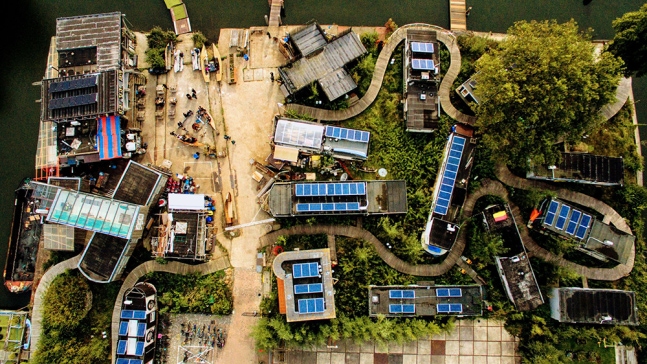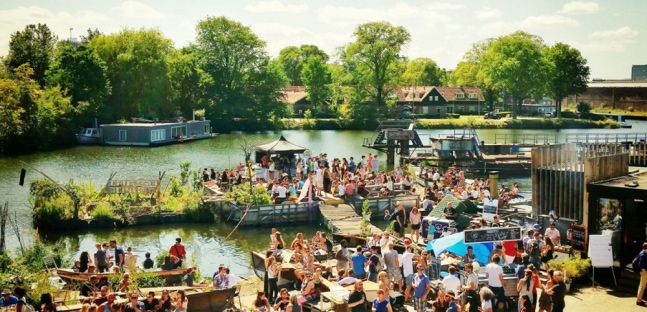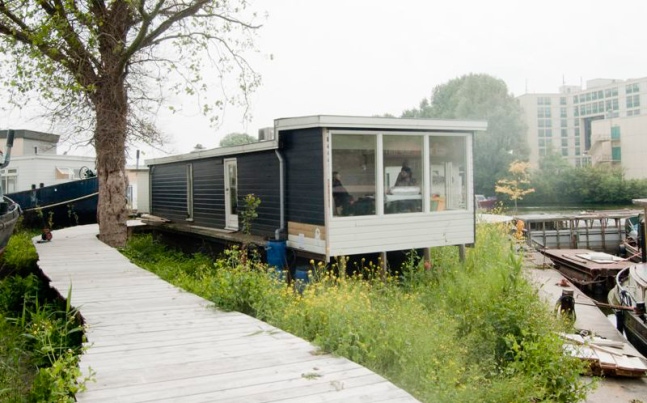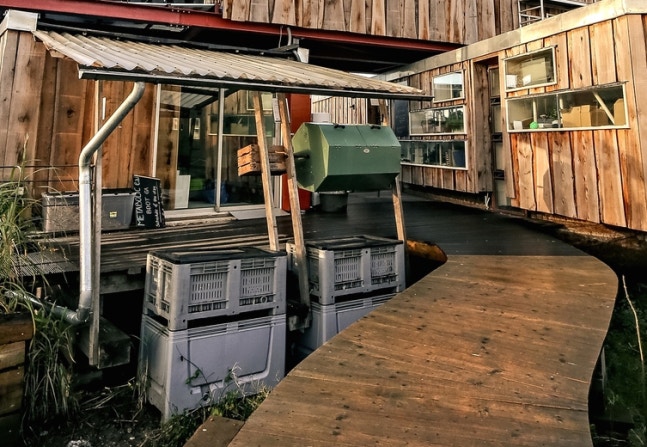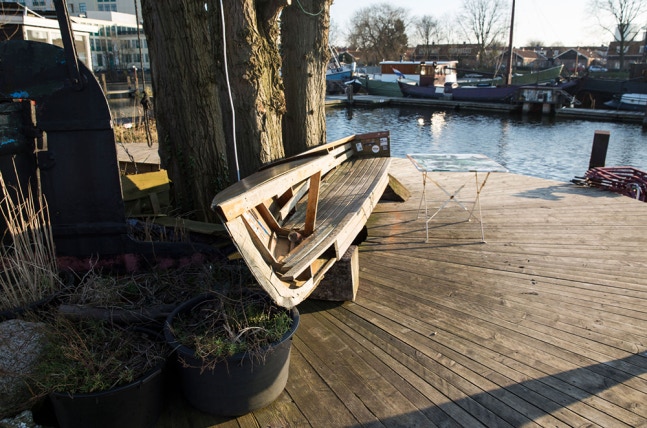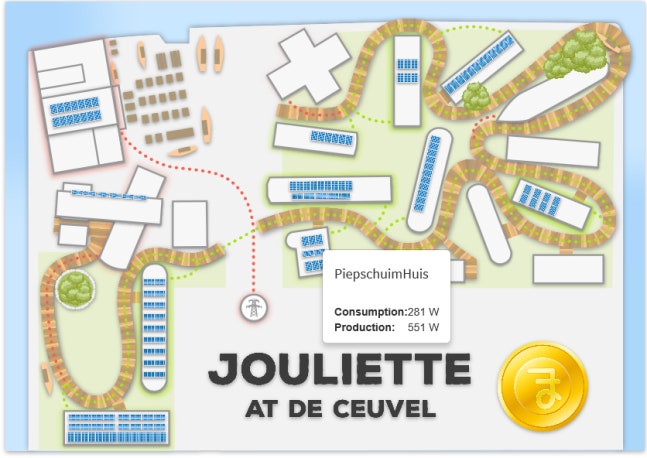World Vision Korea
In the summer of 1995, a storm and flood swept through DPRK and endangered many people. For the first time in its history, DPRK officially requested foreign assistance from international community. In respond to the request, World Vision sent 100 tons of flour to the flood victims in North Hwanghae as well as all additional assistance such as all kinds of medicine, clothes, seeds and food.
Sixty bulls are sent to a ranch in Mt. Bultasan,
South Hwang Hae Province

South Hwang Hae Province
World Vision's first visit to Kaechun City Hospital was made in August 1998. World Vision was looking for a project that was entirely child-focused and asked the local officials if a visit can be made to the hospital. The county vice-chairman was pleased to show it to a visiting World Vision staff. The existing hospital was built shortly after the Korean War for a population of 120,000; most of its equipment was from the 1950s. The new hospital - begun in 1988, but stopped shortly thereafter due to a shortage of building materials - would serve over 300,000 people in urban and rural areas within a 40km radius. The seven-story, 500-bed hospital was open and patients were assisted in the very basic facilities. World Vision is aiming to link the project with other work that we are doing in a region. One such step has been to deliver flour to the hospital when it is delivered to noodle factories.
In an effort to build confidence and credibility with the hospital and local authorities, much-needed medicines and supplies were donated to the hospital several times during 1999.
The first shipment arrived in June and included a range of widely used medicines and vitamins, along with sheet, blankets, wheelchairs, stethoscopes, syringes and cloth for sheets and hospital gowns.
The second shipment included surgical gloves, hospital linens and surgical kits.
Dr. Che confirmed how useful the items were that had been sent. In November 2000,
Dr. Nergui, WV health specialist, visited the North Korea for an assessment of the health situation in the country and another assessment trip by Dr. Nergui was undertaken in July 2001.

In an effort to build confidence and credibility with the hospital and local authorities, much-needed medicines and supplies were donated to the hospital several times during 1999.
The first shipment arrived in June and included a range of widely used medicines and vitamins, along with sheet, blankets, wheelchairs, stethoscopes, syringes and cloth for sheets and hospital gowns.
The second shipment included surgical gloves, hospital linens and surgical kits.
Dr. Che confirmed how useful the items were that had been sent. In November 2000,
Dr. Nergui, WV health specialist, visited the North Korea for an assessment of the health situation in the country and another assessment trip by Dr. Nergui was undertaken in July 2001.
Medical supplies and blankets provided by
World Vision to Kaechun City Hospital, North Korea
In FY 2000, assistance included provision of production inputs(fertilizer, plastic sheeting for seedbeds, backpack sprayers, tractor tires and irrigation equipment); introducing new crops; and supporting winter and spring double cropping.

World Vision to Kaechun City Hospital, North Korea
This project is the World Vision's response to the food security crisis in North Korea through increased food production capacity. The project is assisting six cooperative farms located in three provinces(South Pyongan, South Hamhung and Pyongyang Administrative District) with 25,537 beneficiaries from a farming area of 8,336 hectares.
The project goal is over two years to help farmers on the six cooperative farms produce more food for their families and off-farm population through
The project goal is over two years to help farmers on the six cooperative farms produce more food for their families and off-farm population through
1)strategic intervention such as provision of critical inputs, improved seeds and improved cropping patterns;
2)supporting research efforts to improve seed varieties and farming technology; and
3)capacity building.
In FY 2000, assistance included provision of production inputs(fertilizer, plastic sheeting for seedbeds, backpack sprayers, tractor tires and irrigation equipment); introducing new crops; and supporting winter and spring double cropping.
Word Vision-supported cooperative farm in
Chang Suh-ri, South Ham Gyong Province

Chang Suh-ri, South Ham Gyong Province
Word Vision-supported Eun Sung cooperative
farm in South Pyong An Province
farm in South Pyong An Province

